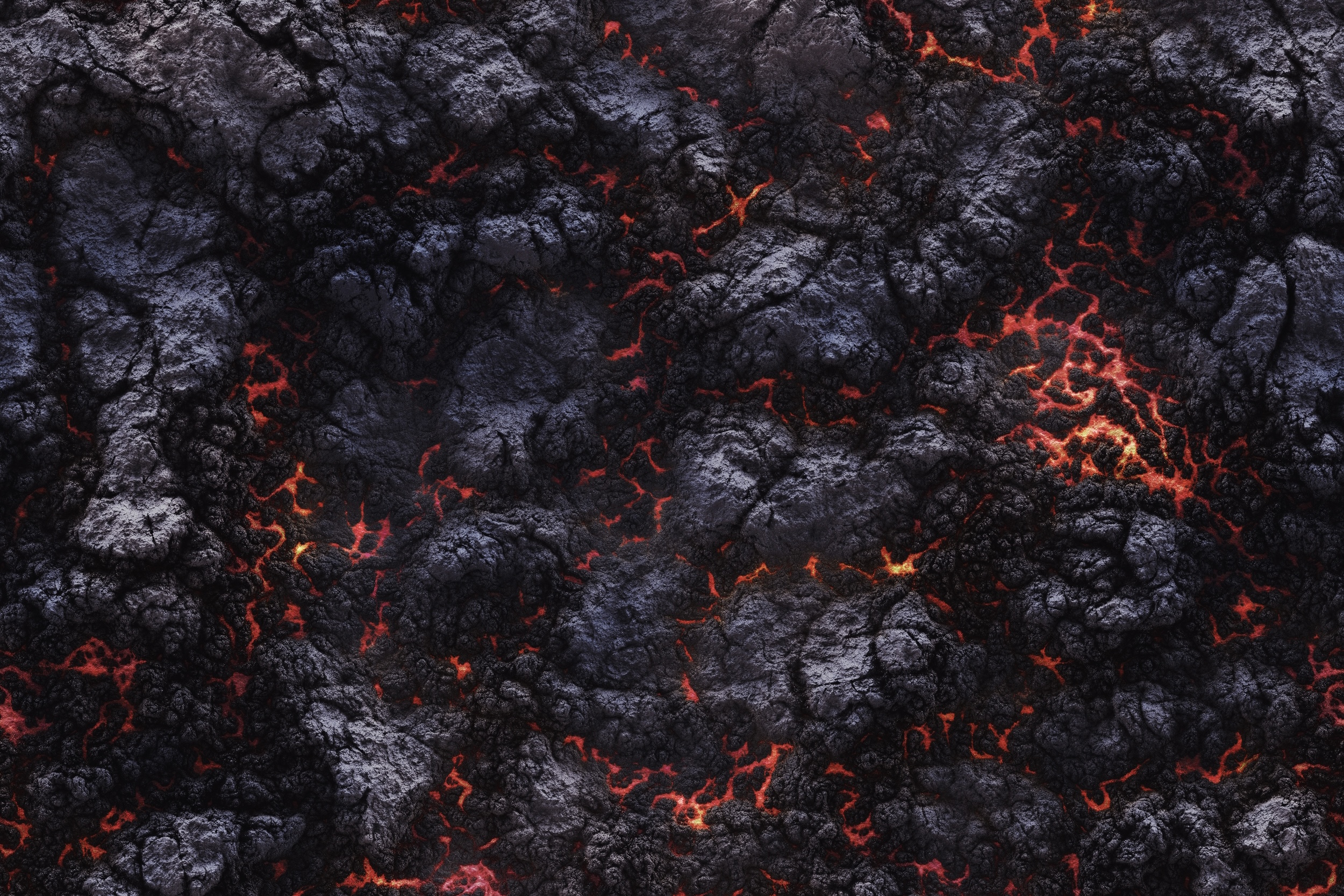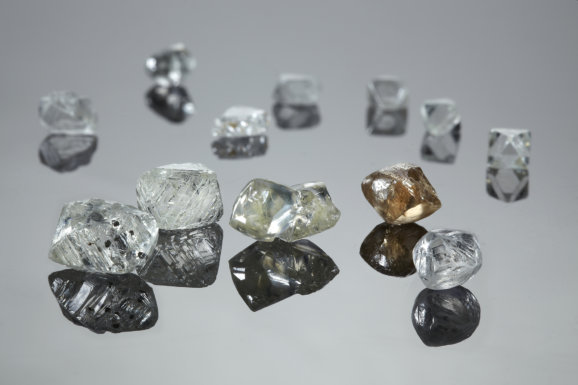Natural diamonds were formed billions of years ago deep in the earth's mantle, under extreme pressure and high temperatures.

Natural diamonds were formed billions of years ago deep in the earth's mantle, under extreme pressure and high temperatures.
The majority of diamonds were formed over a billion years ago at depths of 150 to 300 kilometers. At temperatures of around 1,000 degrees Celsius and a pressure of over 100 kilobars, pure carbon was pressed into a new crystal structure. These carbon atoms combine to form a regular crystal lattice, giving them their strength and durability.
The special temperature and pressure conditions make all the difference. They are the reason why carbon becomes the hardest gemstone, the diamond - instead of just crumbly graphite. The purer the carbon, the more valuable the diamond becomes. Under certain circumstances, additional or missing atoms in the crystal lattice can also lead to the formation of colored diamonds.
Rough diamonds look nothing like the brilliant-cut diamonds we are familiar with. Their surface is matt and the stone often appears milky. A rough diamond only becomes a coveted, sparkling object of desire when it is cut and polished.

The rough diamonds are transported close to or even to the earth's surface by tectonic shifts and volcanic activity. The bedrock in which the diamonds are trapped is transported upwards via pipes. Only then does it become accessible to humans.
Finding diamonds is very time-consuming. Although they are found all over the world, they are rarely found in a concentration in the bedrock that would make mining worthwhile. Tons of earth have to be moved, crushed and sieved to extract one carat of diamond.